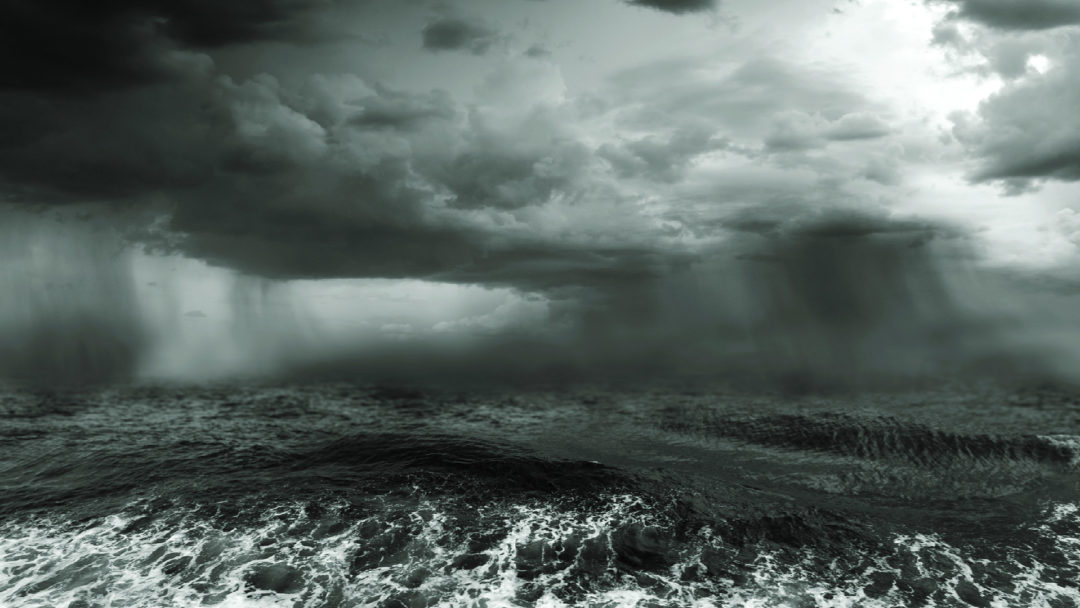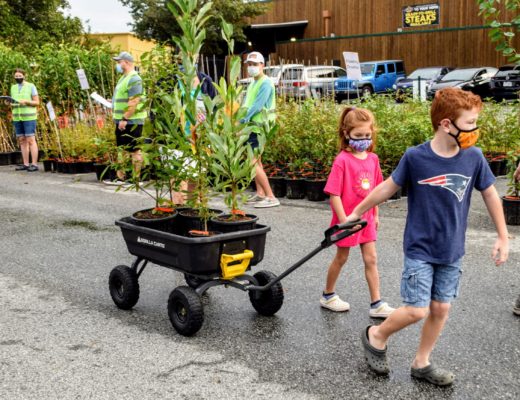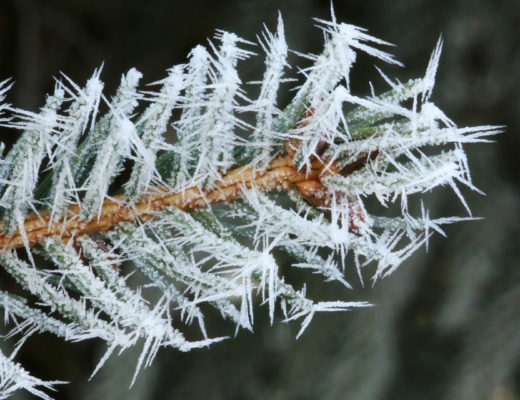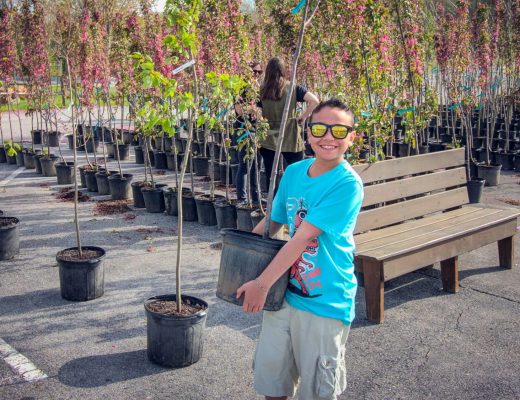As June begins, many of us are welcoming warmer temperatures and future trips to swimming pools, lakes and oceans. What we don’t think about as often, is that June also puts both the east and west coasts at the beginning of hurricane season. For those of us in land-locked states, this season may go mostly unnoticed, as fire and tornado seasons get rolling. However, these destructive hurricanes affect many of the coastal states when they hit. And this means trouble for trees in those states as well.
Hurricanes start out as tropical disturbances and occur when rain clouds build over warm ocean waters. As these tropical disturbances grow, they form areas of rotating thunderstorms with winds of 38mph or less called tropical depressions. Tropical depressions become tropical storms once their winds reach 39mph, and then into hurricanes once winds reach 74mph. That means that the earliest hurricane level winds move faster than a cheetah running at full speed – the fastest animal on the planet.
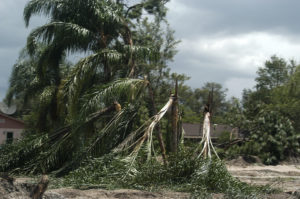 When a hurricane reaches land, it causes massive destruction to both trees and infrastructure. One of the biggest causes of this destruction outside of the high wind speeds, is the storm surge that accompanies the hurricane. When a hurricane makes landfall, it pushes a large wall of ocean water ashore, causing massive flooding and damage.
When a hurricane reaches land, it causes massive destruction to both trees and infrastructure. One of the biggest causes of this destruction outside of the high wind speeds, is the storm surge that accompanies the hurricane. When a hurricane makes landfall, it pushes a large wall of ocean water ashore, causing massive flooding and damage.
When looking into how you can best protect trees from hurricane conditions, there are a couple of things you can do to prepare. First, keep your trees healthy and properly pruned. Remove hanging, broken and dead branches with flush cuts. Hire a certified arborist to help with this pruning, so that it encourages strong branch angles and improves wind passage.
Planting trees in groves has also shown to improve their survival in these strong winds and flooding. A grove of trees should include five or more trees of varying species, planted within ten feet of one another. The trees should be planted in alternating lines, versus a straight line. Planting additional trees and shrubs close by a single existing tree can also be helpful. Make sure to allow room for the trees to mature in both height and spread, and keep equipment and digging activities away from the root zone.
As hurricane season begins, stay vigilant to potential tropical storm and hurricane threats through established weather agencies. The National Oceanic and Atmospheric Administration (NOAA) Climate Prediction Center (CPC), produce hurricane season outlooks. These are produced in collaboration with experts from the National Hurricane Center (NHC) and the Hurricane Research Division (HRD). These outlooks are a general guide to activity that could be expected to occur that year, without predicting levels of activity for a particular location or landfall forecast.
At times, despite how diligent you are in tree preparedness, trees simply can’t withstand the strong winds of a hurricane. Our Community Tree Recovery program was created in the aftermath of Hurricane Katrina to help rebuild communities after natural disaster strikes. In 2012, Superstorm Sandy struck the shores of New Jersey, damaging more than 340,000 homes and causing $30 billion in economic losses. It has been classified as the most severe storm of 2012. Through the New Jersey Community Tree Recovery Campaign, the Arbor Day Foundation and New Jersey of State Forestry Service has distributed more than 200,000 trees to residents impacted by the storm.
This is just one example of the need to rebuild communities after natural disasters such as hurricanes. Read the personal stories of individuals who received trees through the Community Tree Recovery program or learn how you can make a donation today.

